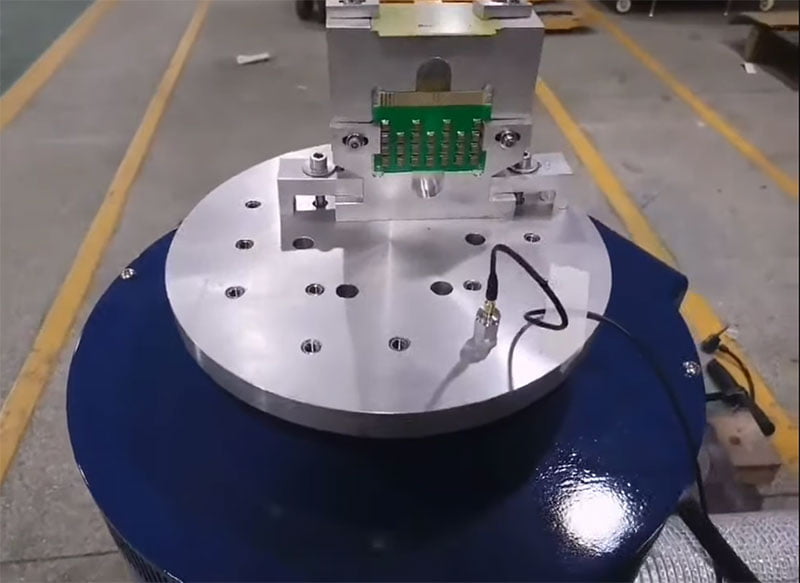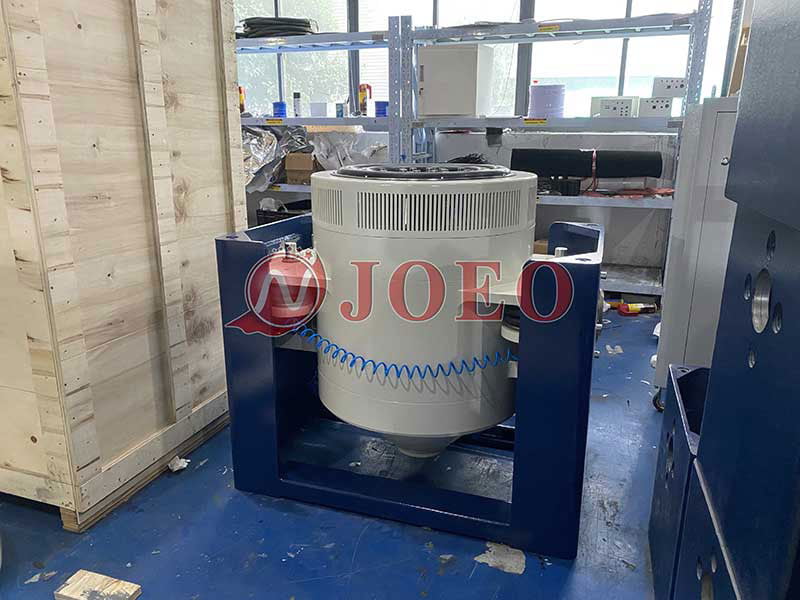The performance and reliability of modern electronic devices are highly dependent on the quality of the electronic components. As an unavoidable environmental factor in the use of electronic components, vibration can lead to structural damage, welding failure and poor contact problems, thereby affecting the normal operation of the equipment. Therefore, electronic component vibration test is essential to ensure the stability and reliability of equipment.
This article will take an in-depth look at electronic component vibration testing, covering its definition, how it works, and its important role in ensuring product reliability. In addition, we will answer some frequently asked questions about the test method to help readers better understand its application value.

Vibration testing is a method of accelerating the life test of electronic components by simulating their vibration environment in actual use. The vibration chamber is a closed space in which the components are subjected to different types of vibration, including random vibration, sinusoidal vibration or shock vibration, and the test engineer can adjust the strength, duration and frequency of the vibration to simulate the real situation.
Vibration can cause structural loosening, deformation, or rupture of electronic components, affecting their stability and reliability. Especially for some miniaturized and high-density packaged electronic components, such as integrated circuits and surface mount components, vibration is more likely to cause structural problems.
Welding is an important way to connect electronic components, and vibration may lead to fatigue cracks, virtual welding or derailing of welding points. These problems can affect the electrical connection performance of electronic components and even cause equipment failure.
Vibration may lead to poor contact of electronic components, such as changes in connector insertion and withdrawal forces, and increases in contact resistance. Poor contact can affect the signal transmission and electrical performance of electronic components, and even cause equipment failure.
Through vibration testing, potential structural, welding and contact problems can be detected in advance during the production of electronic components, and timely improvement measures can be taken to improve product quality.
Vibration testing can evaluate the reliability of electronic components in actual use and provide a basis for product design and selection.
Many industry standards and specifications require electronic components to undergo vibration testing to ensure that their quality and reliability meet requirements.
Electronic component vibration test is a key part of ensuring the quality and reliability of product, which can improve product quality and reliability by identifying potential problems in advance of product design, production and quality control. In the development and manufacturing process of electronic components, the importance of vibration testing should be fully paid attention to, and corresponding improvement measures and suggestions should be taken according to the test results to ensure that electronic components can run stably and reliably in practical applications.
